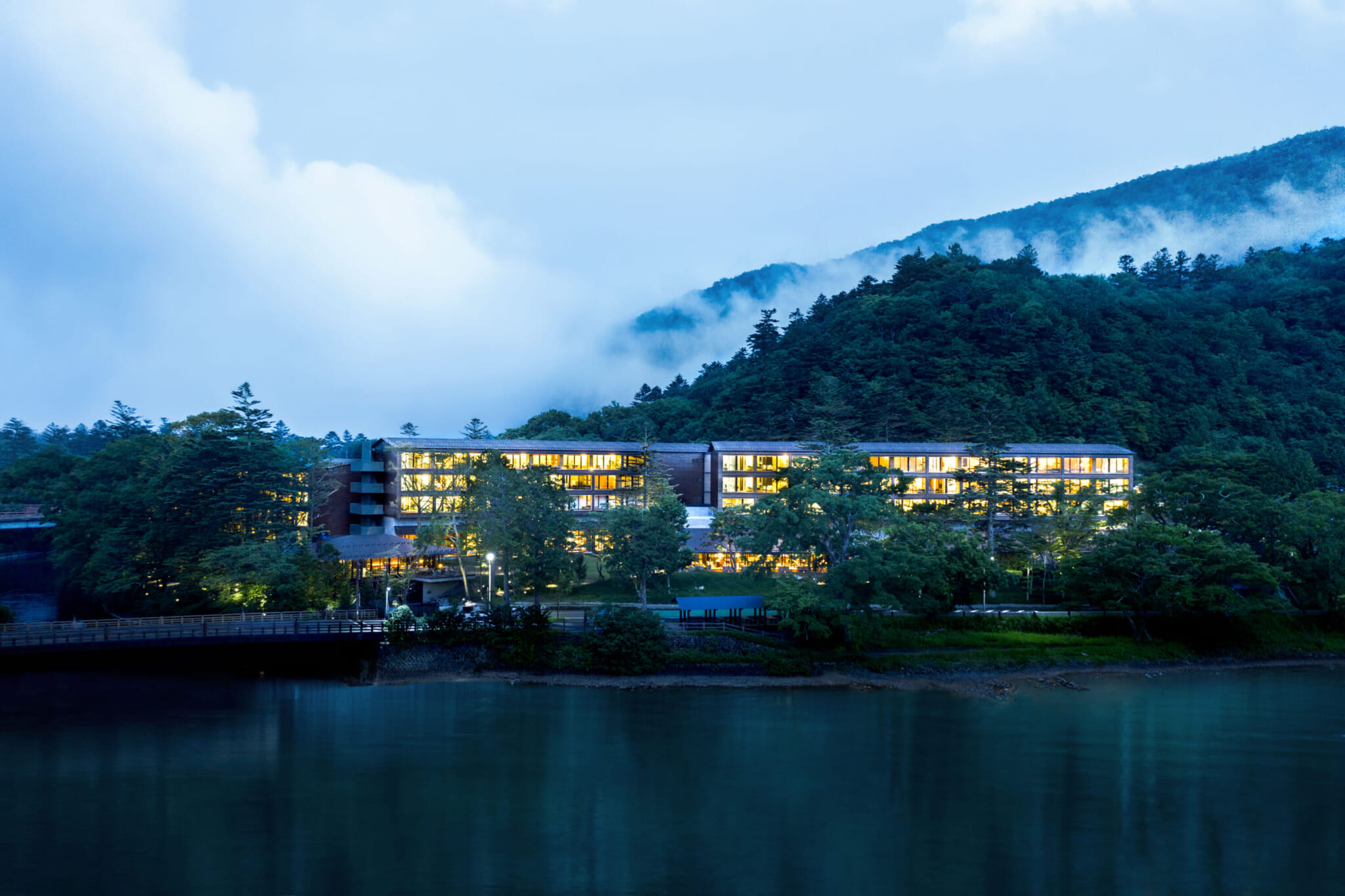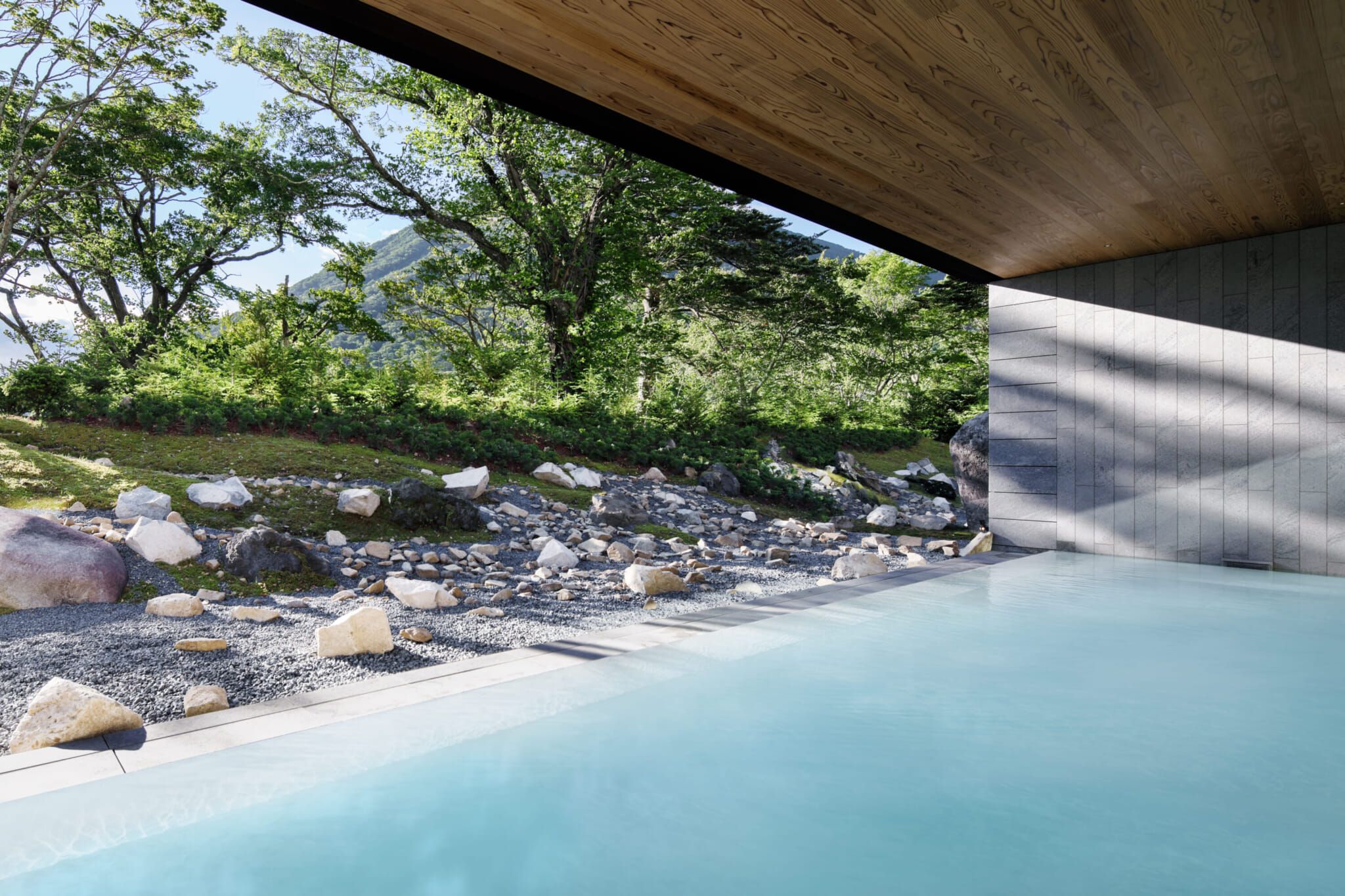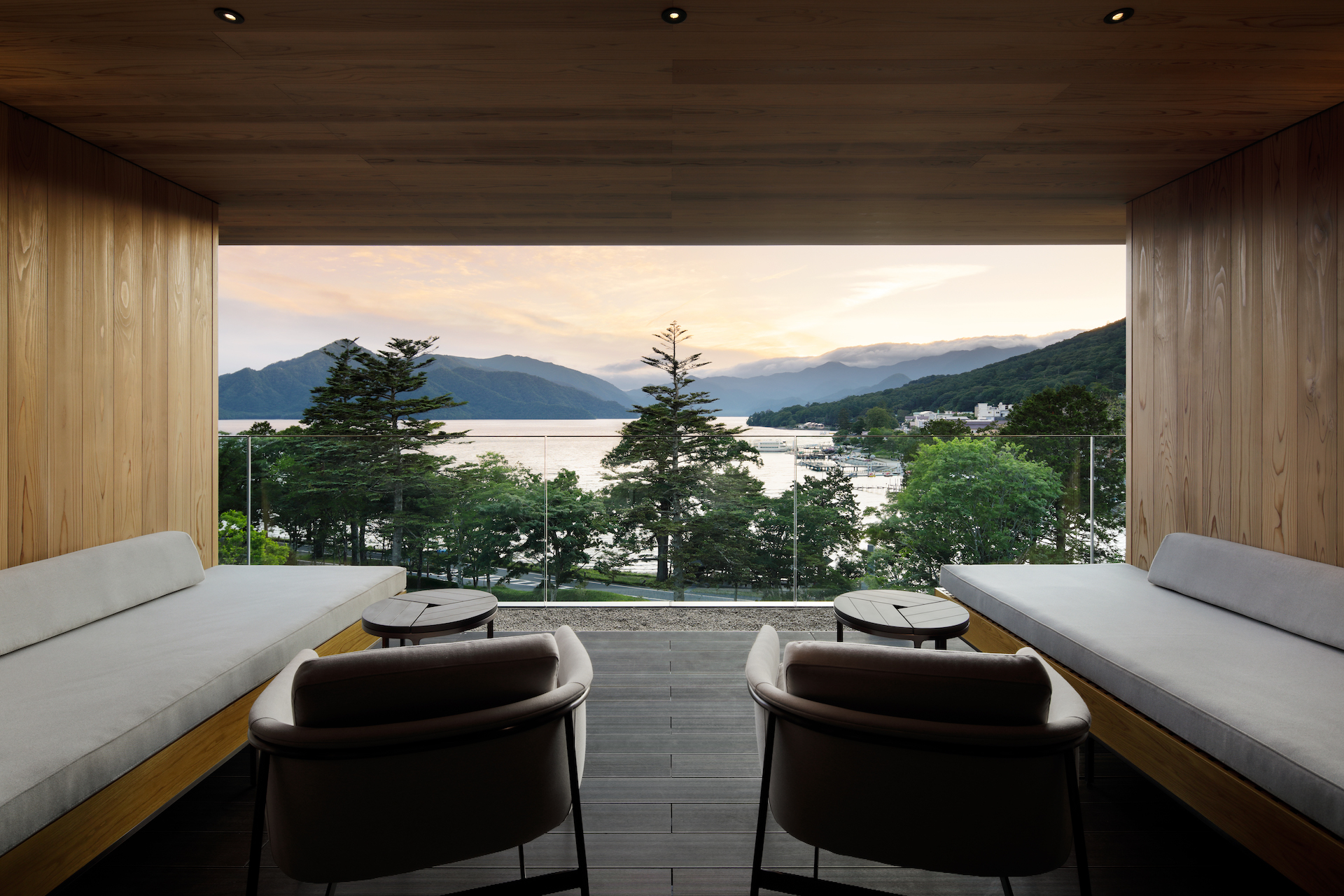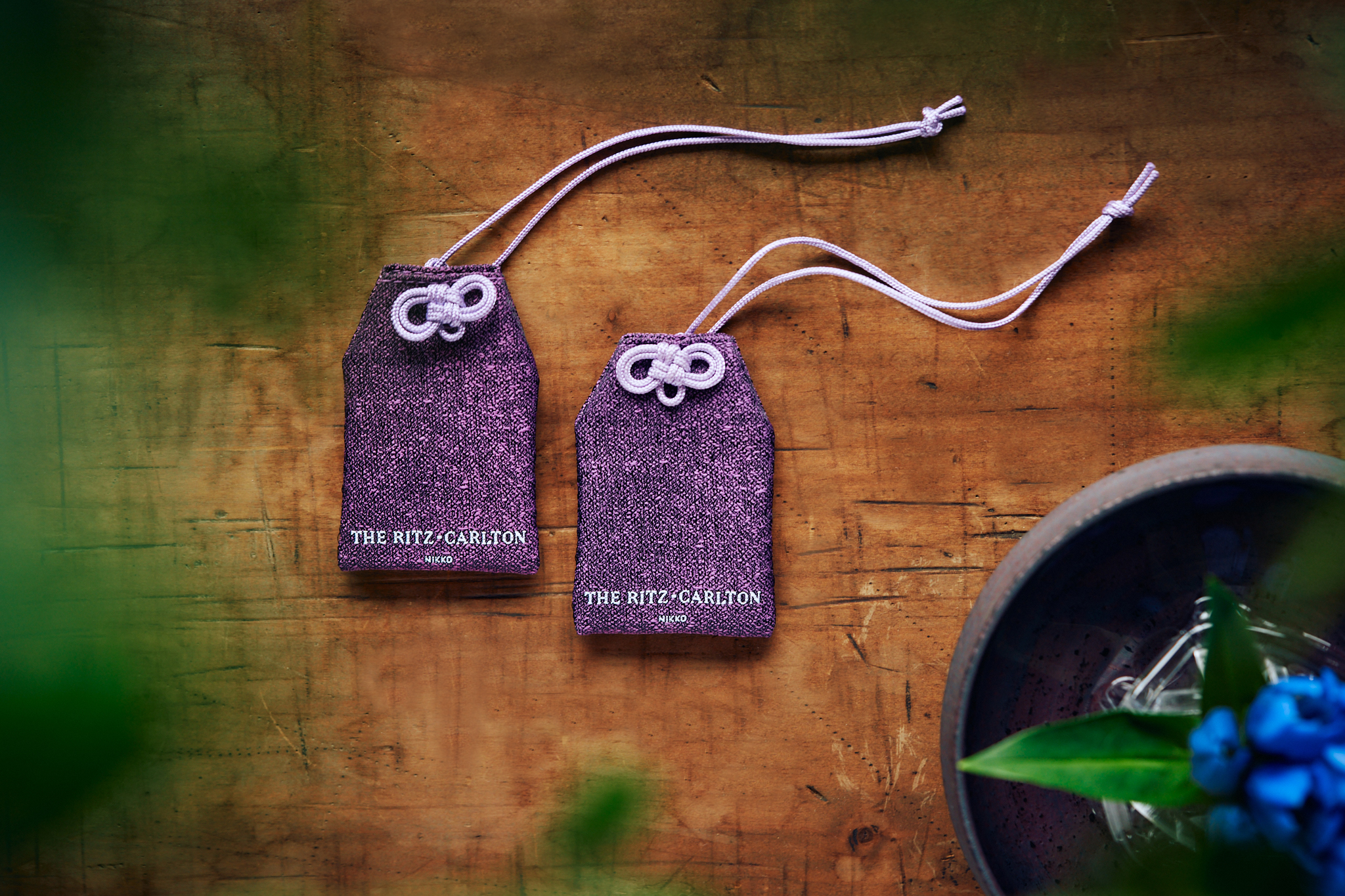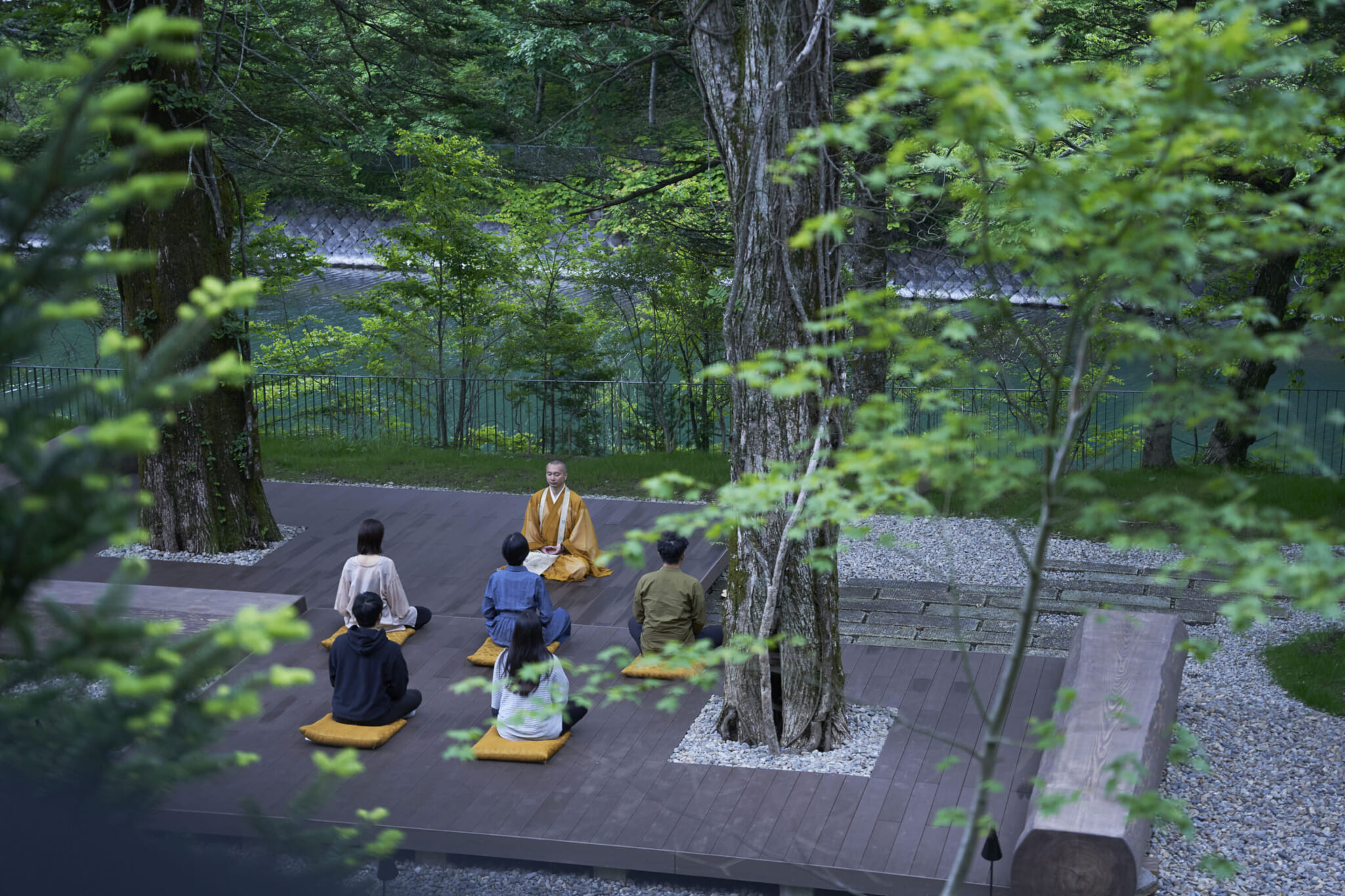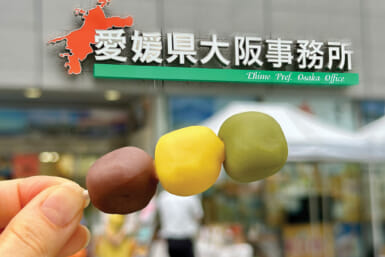There is a Japanese saying that goes, “Never say you’re satisfied until you have seen Nikko.” This historic mountain town in Tochigi Prefecture, just north of Tokyo, is surrounded by beautiful nature and houses multiple historical treasures. But travelers searching for peace, tranquility and the height of hospitality won’t be satisfied until they travel westwards to the secluded highlands of Oku-Nikko, where The Ritz-Carlton, Nikko can be found by Chuzenji, the closest lake to the skies in Japan.
Overlooking the Tears of God
The Ritz-Carlton, Nikko opened its doors on July 15, 2020. It’s made up of three buildings housing 94 guestrooms and suites offering calming views of the green mountains of Oku-Nikko and the vast blueness of Lake Chuzenji. With an elevation of 1,269 meters, Chuzenji is the highest lake in Japan. Its vast depth of 163 meters makes it seem like it swallows up all surrounding sounds, gifting the hotel with a still, almost hallowed atmosphere. Victorian explorer Isabella Bird noticed the same thing when she arrived in Oku-Nikko in 1878. She noted in her journals that the lake lies asleep at the foot of Mount Nantai, a mirror of peace.
Mount Nantai, a volcano towering above the body of water, is considered a deity in Japan’s mountain-worship traditions and is the creator of Chuzenji, having forged it in an eruption over 20,000 years ago. But sharing the shadow of an ancient god with the majestic lake is just one example of The Ritz-Carlton, Nikko’s connection to the nature of Oku-Nikko.
The Color Purple
A trail leading up Mount Nantai is open to hikers between May and October, but those staying at The Ritz-Carlton can experience the spiritual side of Nikko all year round in a variety of ways. One of these is the omamori amulets the hotel distributes to its guests as parting gifts to wish them a safe journey home. The charms change yearly, with a purple one introduced on July 15. Purple has a long and exalted history in Japan. For centuries, it was the color worn by royalty, high priests, the echelons of the aristocracy and actors portraying gods in traditional theater plays. Both formidable and beautiful, the color was chosen by the hotel for its historical association with female empowerment and ties to contemporary feminism. It also commemorates the G7 Ministerial Meeting on Gender Equality and Women’s Empowerment, which the hotel hosted in June 2023.
Purple additionally celebrates local flora like the purple togoku mitsuba tsutsuji azaleas (Rhododendron wadanum) found around Lake Yuno and Yumoto Onsen further north. Yumoto Onsen’s hot spring is also the source of the hotel’s therapeutic thermal waters that guests can enjoy in indoor and open-air baths, the first such amenity in the Ritz-Carlton portfolio.
With a little luck, bathers may catch sight of purple clouds above them, which, as legend goes, was the sign to first settle the area sent from the heavens to the founder of Nikko. For a cooler endeavor, be sure to join a morning zazen meditation session guided by a Chuzenji Temple monk to purify the body and the soul, held on the lawn outside the hotel.
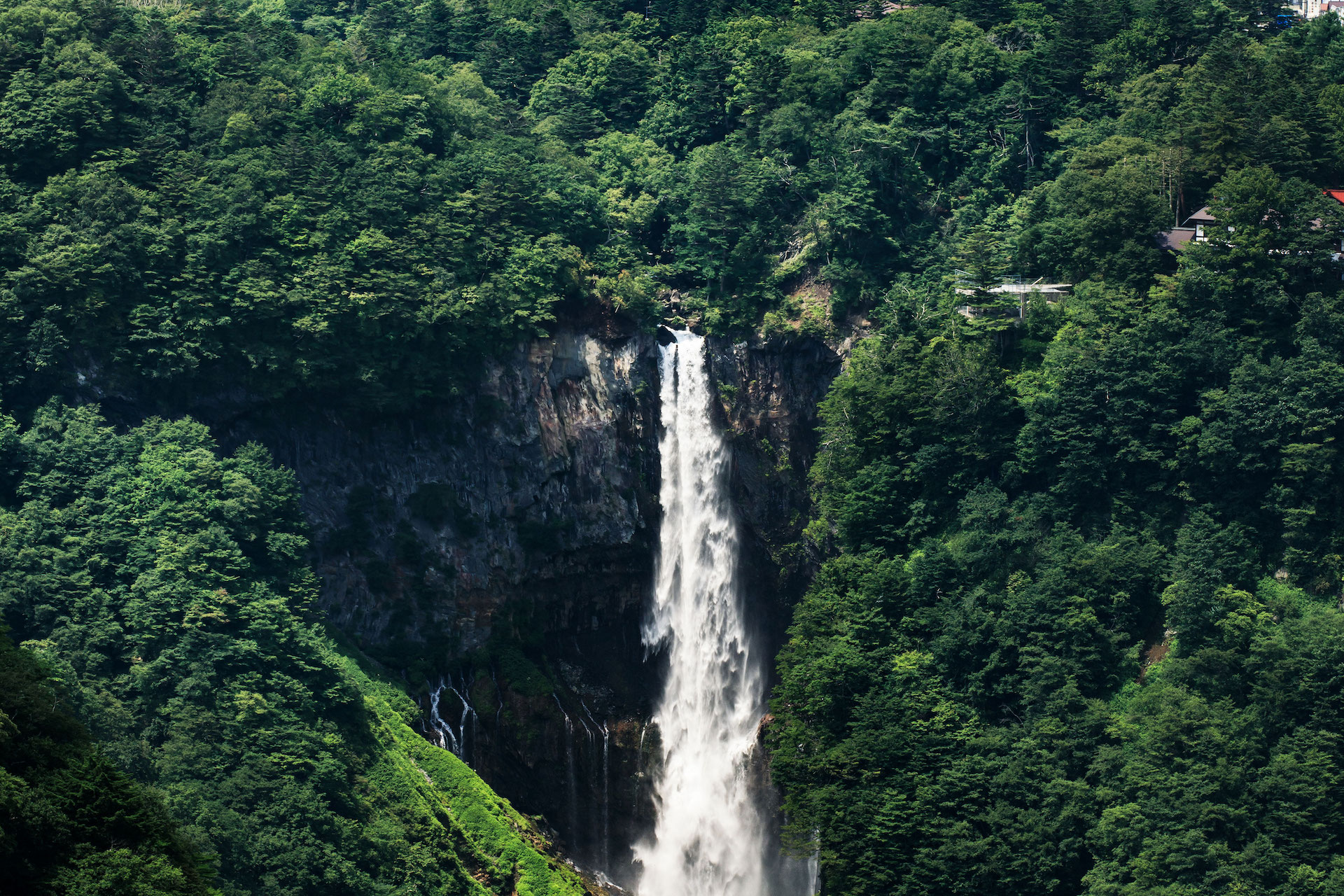
The Power of Nikko Waterfalls
It’s only a 5-minute walk from the hotel to Kegon Falls, a torrent of white water plummeting 97 meters down in a mesmerizing display that, from a distance, resembles a thread of silk cutting through the greenery of Oku-Nikko. All it takes is one look to understand why Kegon is considered one of Japan’s three great waterfalls. Two more spectacular water displays are easily accessible from The Ritz-Carlton, Nikko. Yu Falls, which visitors can get up close to, is at the southern edge of Lake Yuno and only a short drive from the hotel. Ryuzu Falls, whose name translates to “dragon head,” rages over lava formations that bring to mind the mountains of Oku-Nikko before ending in a roar of cascading water, leaving no doubt as to how Ryuzu got its name.
To visit these natural treasures with ease and make memories that last a lifetime, book a stay at The Ritz-Carlton, Nikko.

